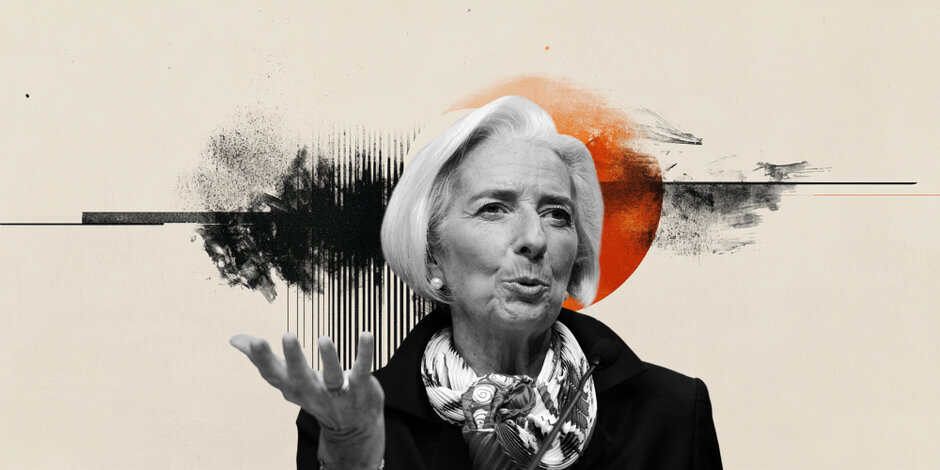Lagarde speech: EU retaliatory measures and a weaker Euro could lift inflation by around 0.5%

European Central Bank (ECB) President Christine Lagarde is testifying before the Committee on Economic and Monetary Affairs of the European Parliament on Thursday.
Key quotes
We are determined to ensure that inflation stabilizes sustainably at our 2% medium-term target.
We will follow a data-dependent and meeting-by-meeting approach.
The brunt of the impact on economic growth would concentrate around the first year after the rise in tariffs.
It would then diminish over time, however, leaving a persistent negative effect on the level of output.
EU retaliatory measures and a weaker Euro exchange rate could lift inflation by around half a percentage point.
The effect would ease in the medium term due to lower economic activity dampening inflationary pressures.
Estimates are subject to very high uncertainty.
ECB analysis suggests that a US tariff of 25% on imports from Europe would lower euro area growth by about 0.3 percentage points in the first year.
A European response in the form of raising tariffs on US imports would further increase this to about half a percentage point.
Sourcing, financing will determine impact of govt investment on growth and inflation.
Target outage is still under investigation.
Big auditing firm will be brought in to investigate target outage.
Analysis of bond yields shows increase in inflation expectations not significant.
Market reaction
At the press time, EUR/USD is trading 0.27% lower on the day near 1.0875, little affected by these comments.
ECB FAQs
The European Central Bank (ECB) in Frankfurt, Germany, is the reserve bank for the Eurozone. The ECB sets interest rates and manages monetary policy for the region. The ECB primary mandate is to maintain price stability, which means keeping inflation at around 2%. Its primary tool for achieving this is by raising or lowering interest rates. Relatively high interest rates will usually result in a stronger Euro and vice versa. The ECB Governing Council makes monetary policy decisions at meetings held eight times a year. Decisions are made by heads of the Eurozone national banks and six permanent members, including the President of the ECB, Christine Lagarde.
In extreme situations, the European Central Bank can enact a policy tool called Quantitative Easing. QE is the process by which the ECB prints Euros and uses them to buy assets – usually government or corporate bonds – from banks and other financial institutions. QE usually results in a weaker Euro. QE is a last resort when simply lowering interest rates is unlikely to achieve the objective of price stability. The ECB used it during the Great Financial Crisis in 2009-11, in 2015 when inflation remained stubbornly low, as well as during the covid pandemic.
Quantitative tightening (QT) is the reverse of QE. It is undertaken after QE when an economic recovery is underway and inflation starts rising. Whilst in QE the European Central Bank (ECB) purchases government and corporate bonds from financial institutions to provide them with liquidity, in QT the ECB stops buying more bonds, and stops reinvesting the principal maturing on the bonds it already holds. It is usually positive (or bullish) for the Euro.
Author

Dhwani Mehta
FXStreet
Residing in Mumbai (India), Dhwani is a Senior Analyst and Manager of the Asian session at FXStreet. She has over 10 years of experience in analyzing and covering the global financial markets, with specialization in Forex and commodities markets.

















